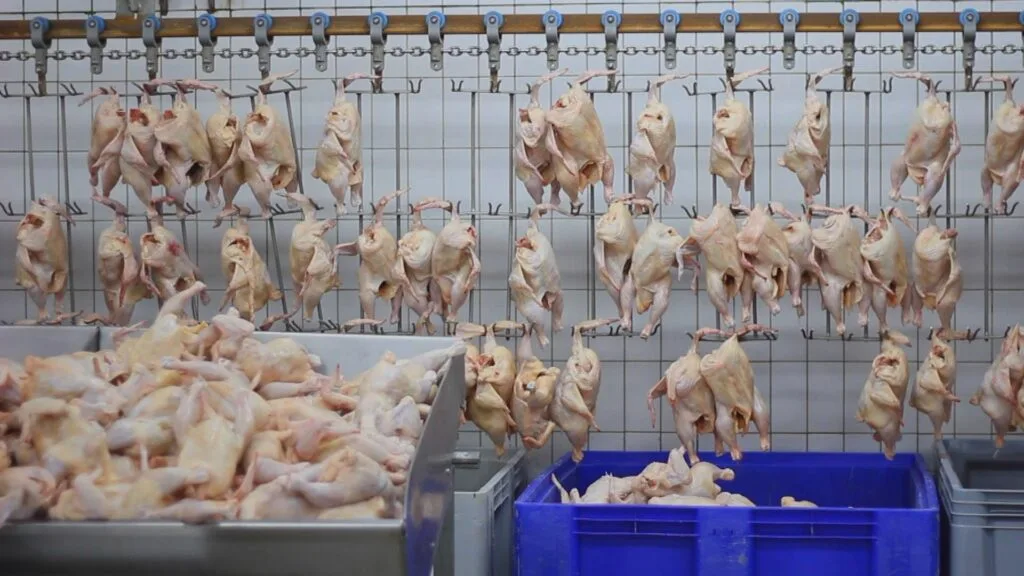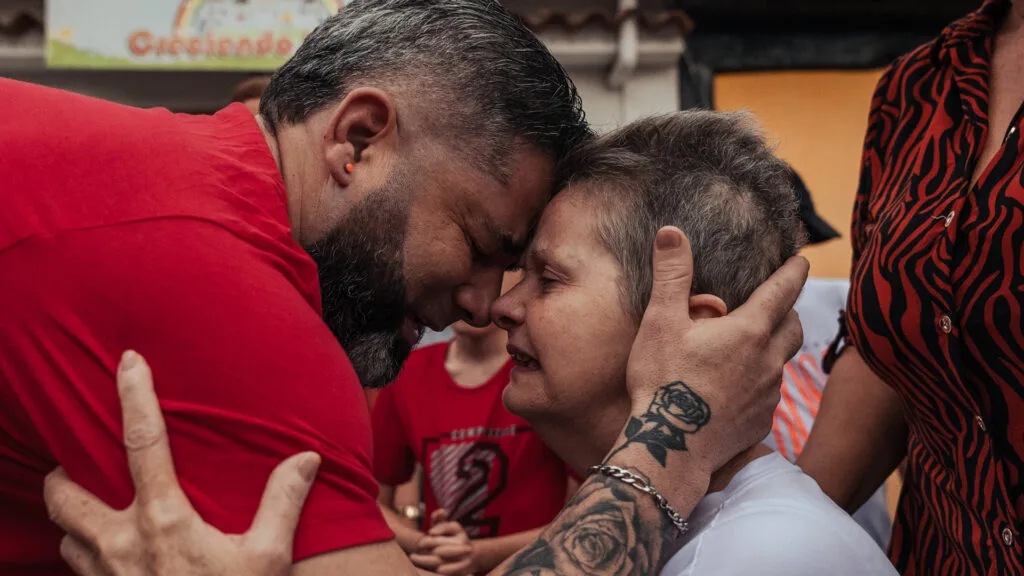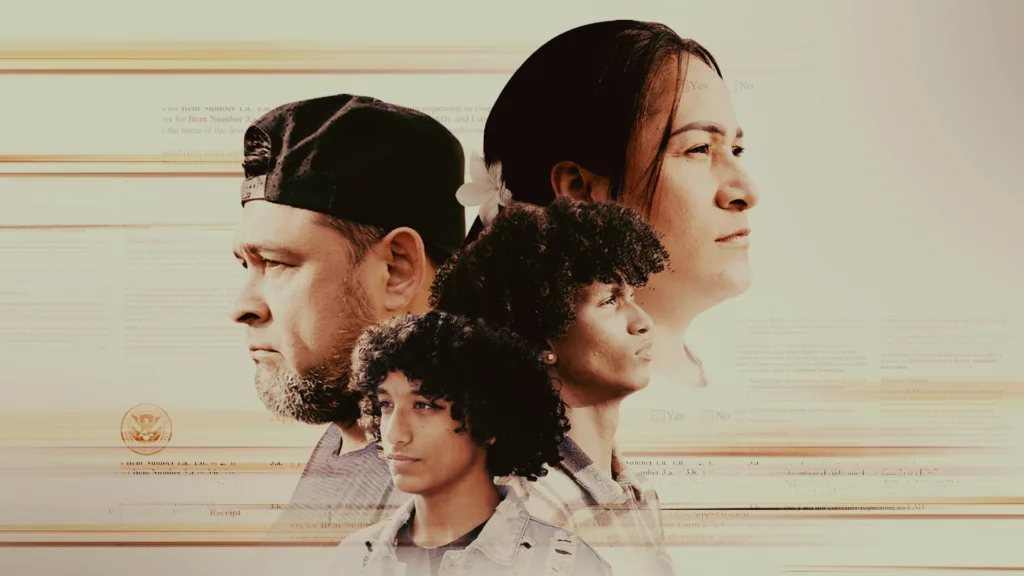WATCH: When It Comes to Food Safety, How a Whole Chicken Differs From the Sum of Its Parts
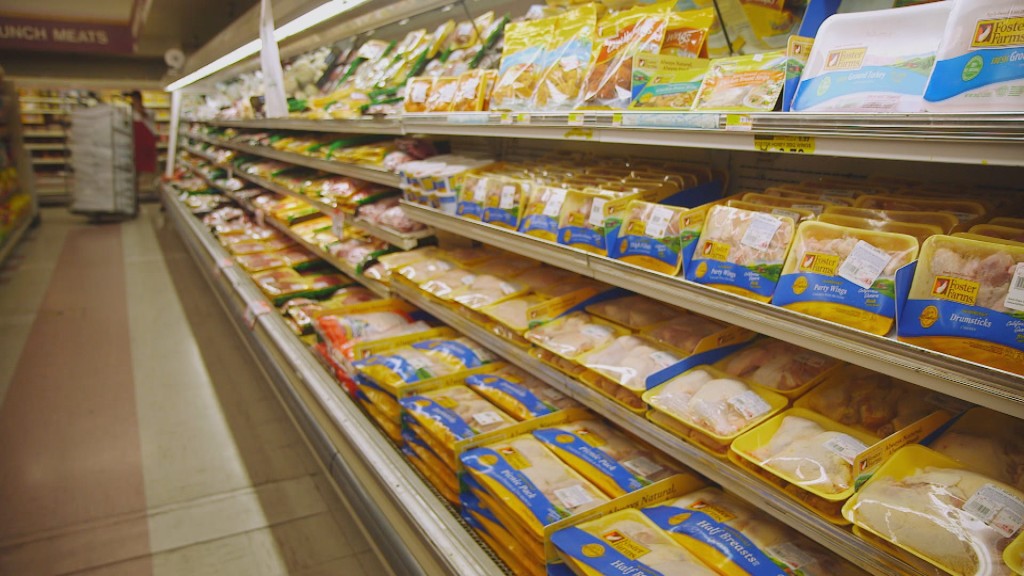
May 12, 2015
Share
It was the fall of 2013, and a severe outbreak of salmonella poisoning had spread to more than a dozen states.
In multiple cases, public health officials had linked the bacteria back to chicken from Foster Farms — the biggest poultry producer on the West Coast.
So how could it be that over the preceding several years, the U.S. Department of Agriculture’s (USDA) inspection arm, the Food Safety and Inspection Service (FSIS), had failed to detect dangerous levels of salmonella contamination in three Foster Farms plants suspected of causing the outbreak?
As FRONTLINE reveals in the below excerpt from tonight’s new documentary, The Trouble with Chicken, they were looking in the wrong place.
Though 80 percent of the chicken sold today has been cut up into parts, FSIS inspectors were largely focused on testing whole chickens.
That’s a problem — as cutting up whole chickens is a process that can release salmonella buried in the skin:
The whole-versus-parts dilemma is just one of the issues facing America’s poultry regulation system, which has been criticized as outdated and ineffective.
As FRONTLINE reveals in The Trouble with Chicken tonight, many of today’s inspection practices are rooted in laws passed more than a century ago. Inspectors test less than one bird a day, even in plants that process hundreds of thousands daily. That testing doesn’t measure the amount of salmonella found or differentiate between innocuous and dangerous types of the bacteria.
It all adds up to a seeming contradiction: A company can be meeting the government’s salmonella performance standards at the same time that their product is causing an outbreak of foodborne illness. And ultimately, the USDA has very little authority to get tainted meat off the market — instead, relying on companies to implement voluntary recalls.
“Between 1998 and 2012, chicken and turkey have been associated with 278 salmonella outbreaks in at least 41 states — and that’s just the tip of the iceberg, since most cases go unreported or unsolved,” says David E. Hoffman, FRONTLINE’s correspondent in The Trouble with Chicken. “Is it fair to make consumers shoulder so much of the risk of foodborne illness?”
To learn more about the rise of dangerous pathogens in our poultry, and why the U.S. food safety system hasn’t stopped the threat, watch The Trouble with Chicken tonight at 10 p.m. EST on PBS stations (check local listings) and online.
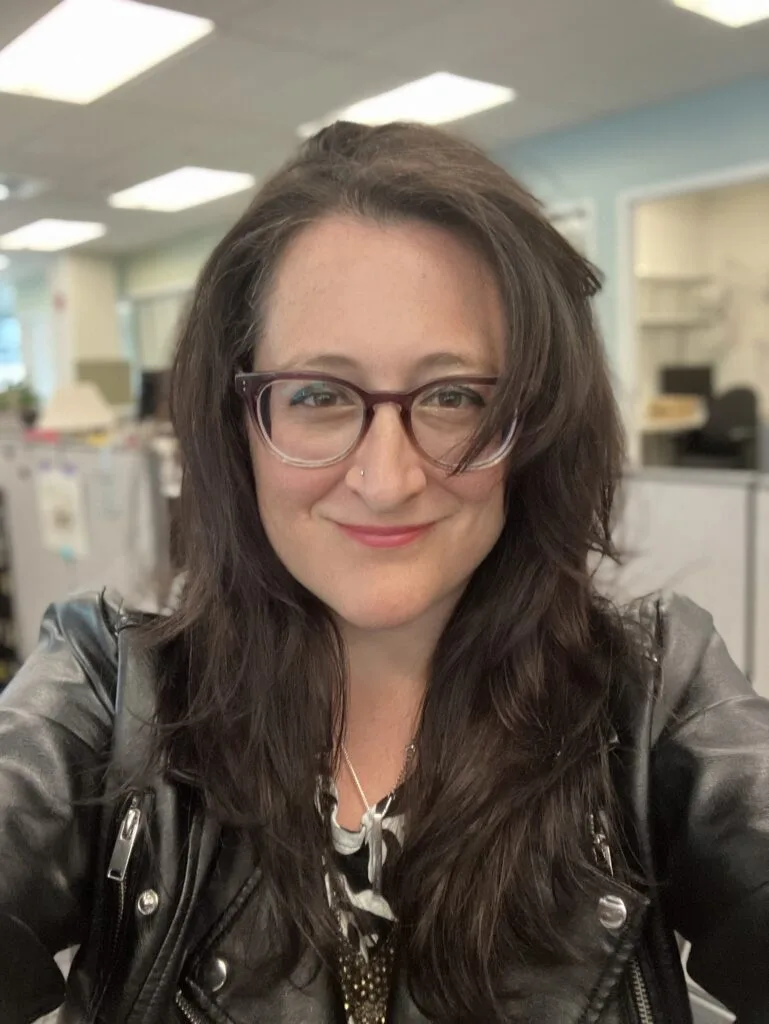
Related Documentaries
Latest Documentaries
Related Stories
Related Stories
Explore
Policies
Teacher Center
Funding for FRONTLINE is provided through the support of PBS viewers and by the Corporation for Public Broadcasting, with major support from Ford Foundation. Additional funding is provided the Abrams Foundation, Park Foundation, John D. and Catherine T. MacArthur Foundation, Heising-Simons Foundation, and the FRONTLINE Trust, with major support from Jon and Jo Ann Hagler on behalf of the Jon L. Hagler Foundation, and additional support from Koo and Patricia Yuen. FRONTLINE is a registered trademark of WGBH Educational Foundation. Web Site Copyright ©1995-2025 WGBH Educational Foundation. PBS is a 501(c)(3) not-for-profit organization.
